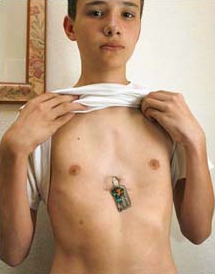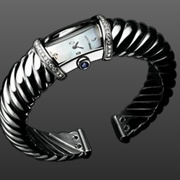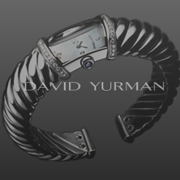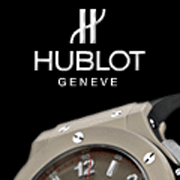Magnets tested as alternative to major surgery for sunken chest

Erin Allday, Chronicle Staff Writer
Tuesday, November 13, 2007
When a UCSF Children's Hospital surgeon suggested an untested treatment to correct Richard Nave's congenital chest defect, his mother was, naturally, concerned for her son's safety.
But as soon as Richard, 15, heard he'd be the first person in the world to try out the procedure, he was sold.
"First, I like that," said Richard, obviously gloating during a regular checkup at UCSF last month.
Richard has earned his bragging rights. The San Francisco teenager suffers from a chest cartilage deformity called pectus excavatum, also known as sunken chest because as children get older, their sternum and ribs fold in, creating a concave effect in their chest wall.
In many cases, the deformity is unattractive but doesn't pose a health risk. It can cause heart and lung problems from the added pressure from the sternum, though, especially when children are breathing hard from play or exercise.
For decades, the most common treatments for this condition were major surgery, involving either cracking open the chest and rebuilding the bone structure, or inserting a bar under the sternum to force it into a normal shape.
But four months ago, Dr. Michael Harrison attached a hockey-puck-size magnet to Richard's sternum, which is now slowly being pulled outward by a second magnet stuck to a brace Richard wears on his chest. The treatment is supposed to work a bit like braces for teeth, slowly correcting the deformity by pulling the bones into the right shape.
The internal magnet was screwed to Richard's sternum during a short operation. He said he feels a little sore sometimes from the near-constant pull of the magnets, and it's not fun wearing a chest brace most of the day. But all things considered, it's a lot easier than the usual treatment for pectus.
Either one of the usual procedures is tough, and doctors have long searched for a less invasive treatment. "It's always required a long, painful surgery. Patients needed a week in the hospital sometimes, just for pain control," Harrison said. "I was doing these brutal surgeries on kids, and I hated it." Harrison hit on the magnet idea about five years ago, when he was brainstorming ways to pop the chest out without surgery. As it happened, a clinical engineer at UCSF, Richard Fechter, was a serious magnet hobbyist and was brought on board to help design magnets for the treatment.
Richard was the first of what will be 10 patients undergoing clinical trials of the new treatment. The second patient, another teenage boy, had the magnet inserted on Nov. 1.
Dr. Daniel Saltzman, chief of pediatric surgery at the University of Minnesota Medical School, said he's been eagerly following Harrison's research. Saltzman said the treatment shows promise in correcting the pectus deformity, but he wonders if it will be more useful in younger children, whose bones are more malleable.
"Dr. Harrison's thinking is very forward. He's always had that reputation. I think the idea is brilliant," said Saltzman, who has one of the largest practices in the country treating pectus patients. "My only concern is it would work better with younger patients. Their chest walls are easy to manipulate. I'd be surprised if you could generate enough force to lift the sternum out in an adult."
Richard said recently he hadn't yet noticed any obvious change in his chest, but his doctors say X-rays show the deformity is improving. They're hoping it will take about a year to repair his chest, although the time frame is really up to Richard - as soon as he likes the way his chest looks, he can end the treatment, Harrison said. Pectus shows up in about 1 in 800 births. Richard's older sister, who also suffers from pectus, had surgery to correct it when she was 10, and their mom remembers the long, painful recovery. She was reluctant to let Richard have the same surgery - she tried convincing him that the sunken chest wasn't so bad - but when Richard hit his teen years he was determined to have it fixed.
So it was a relief when Harrison told Richard and his parents that he was developing the new technique.
"We thought we were going to go through the surgery again. They put the bar in his sister's chest, and it was very painful," said his mother, Gina Nave. "At first, I wasn't sure about the magnet. It was scary, being the first. But he's being watched very carefully."
For Richard, the decision was easy. "My sister said, 'You can be in pain or you can be a guinea pig,' " he said.
What he hadn't expected was the added entertainment factor of having a magnet in his chest. Almost immediately, his mom said, Richard was sticking anything metal he could find to his chest: scissors, paper clips, pens. He contemplated trying to stick himself to the refrigerator.
"All my friends, when they see me, they throw their keys at me" to see if they'll stick, Richard said. He rolls his eyes a little, but he admits it's kind of cool. "My nickname on the wrestling team is Magneto."







